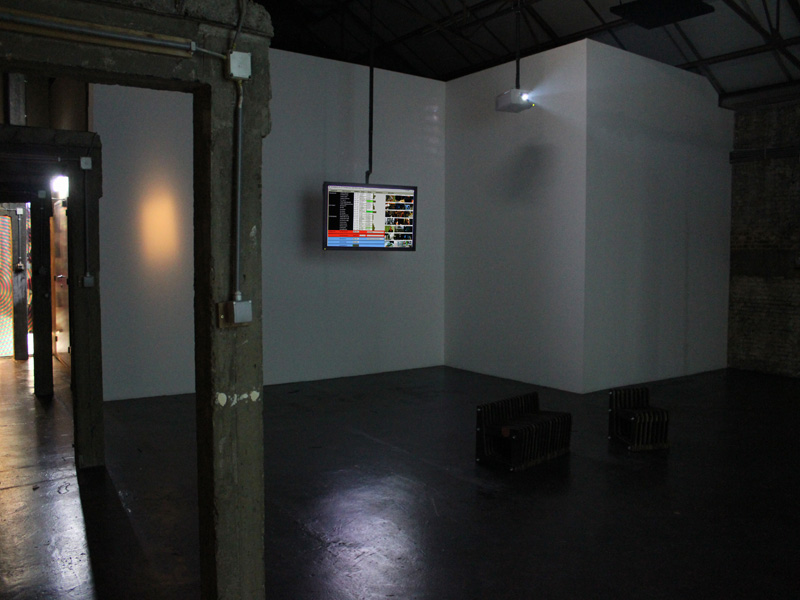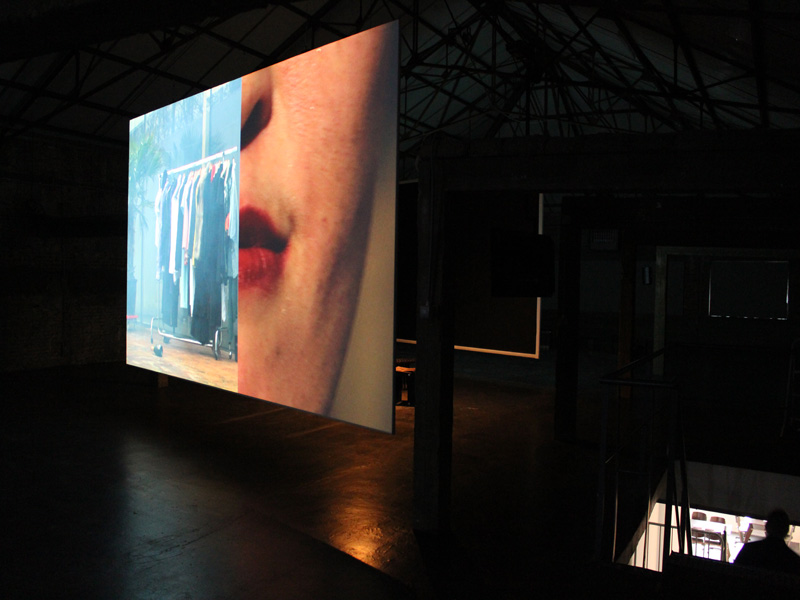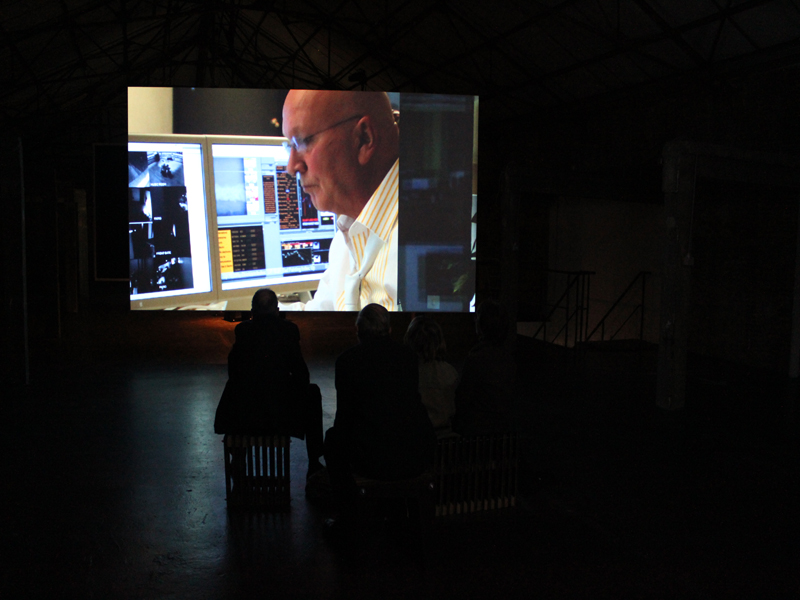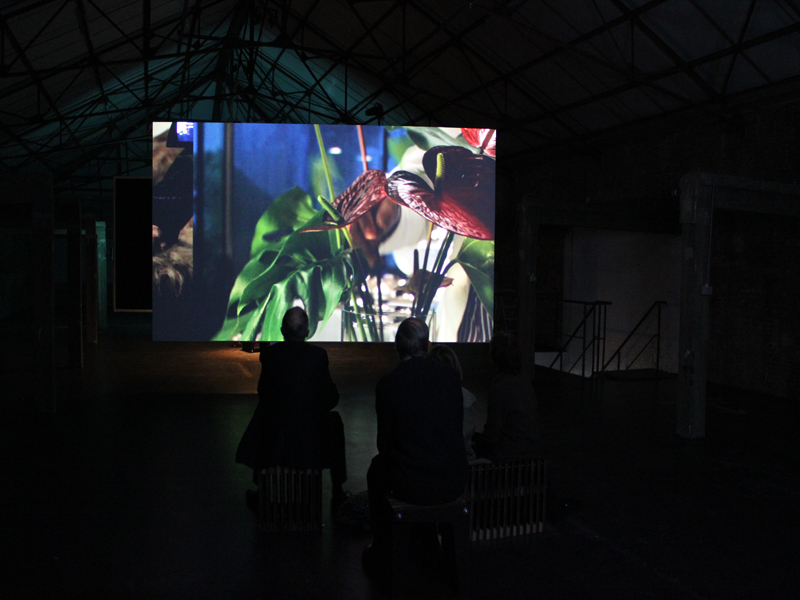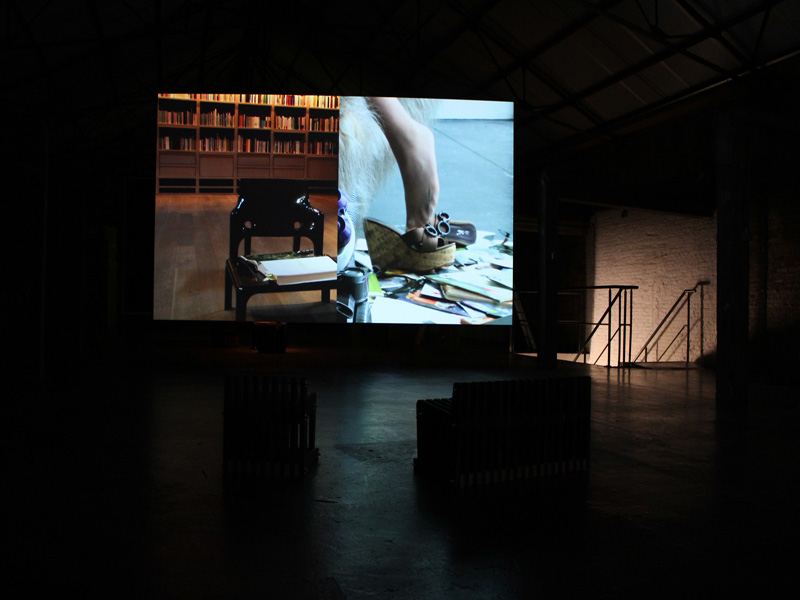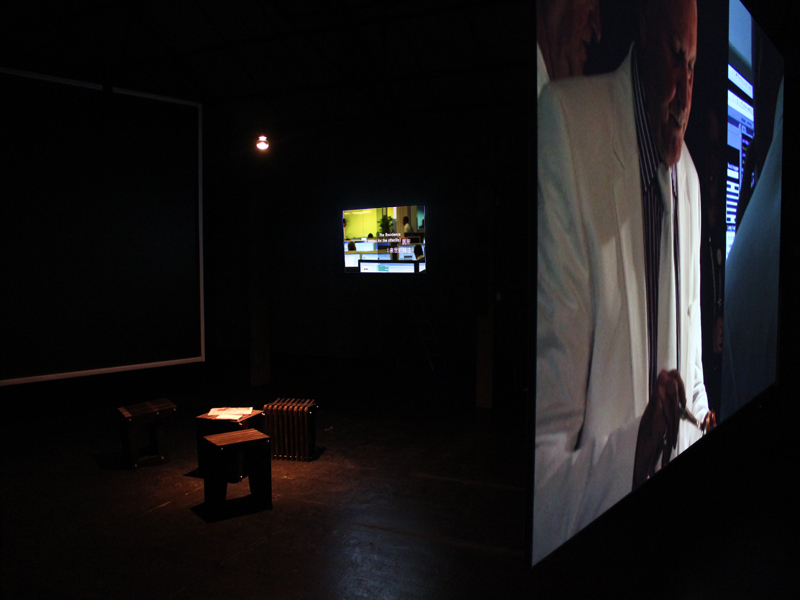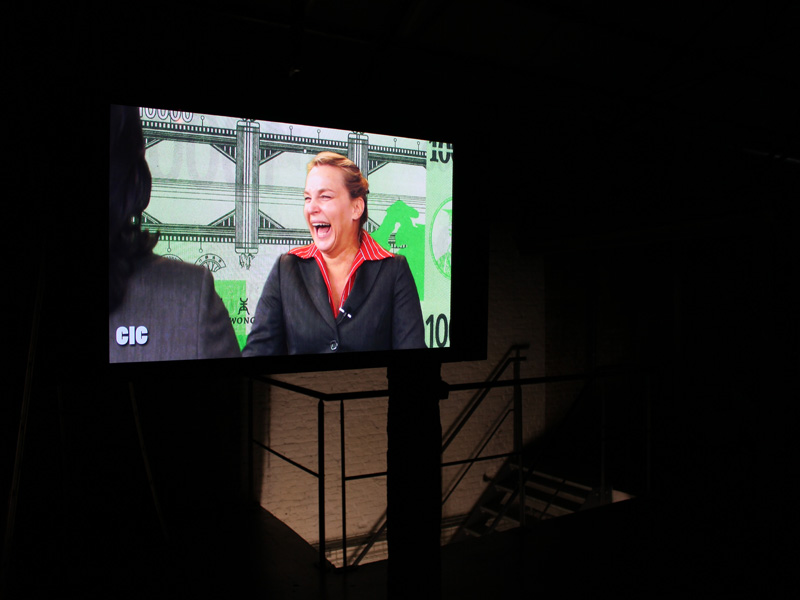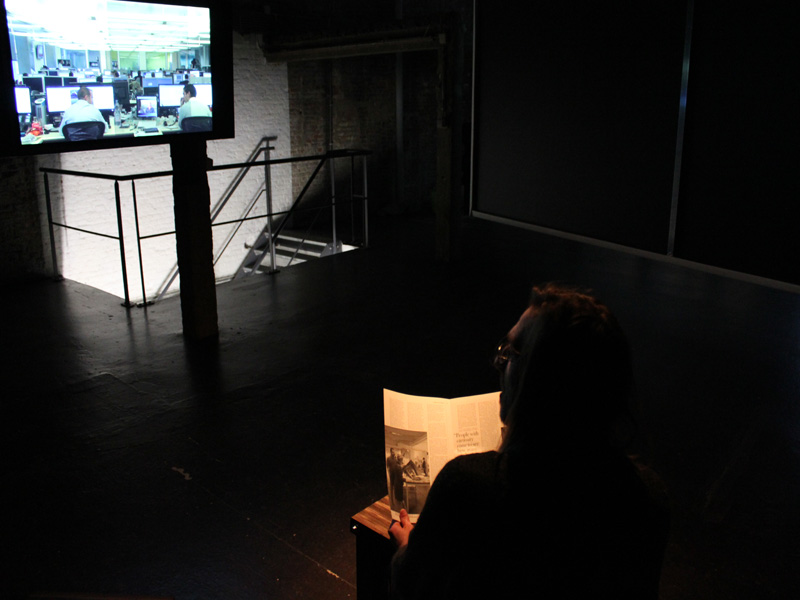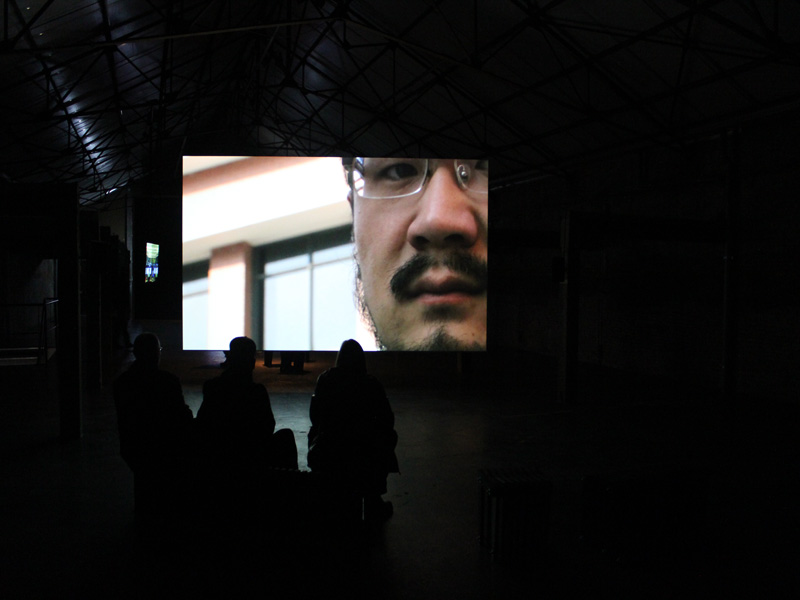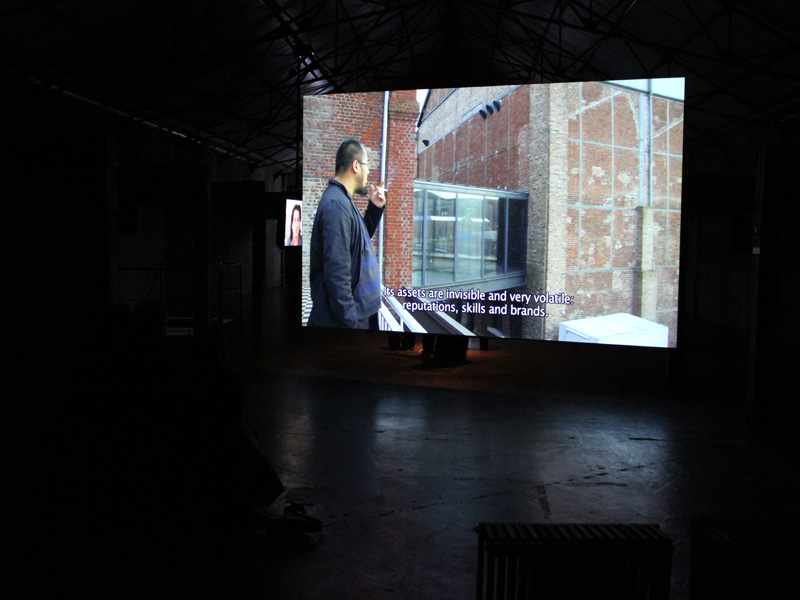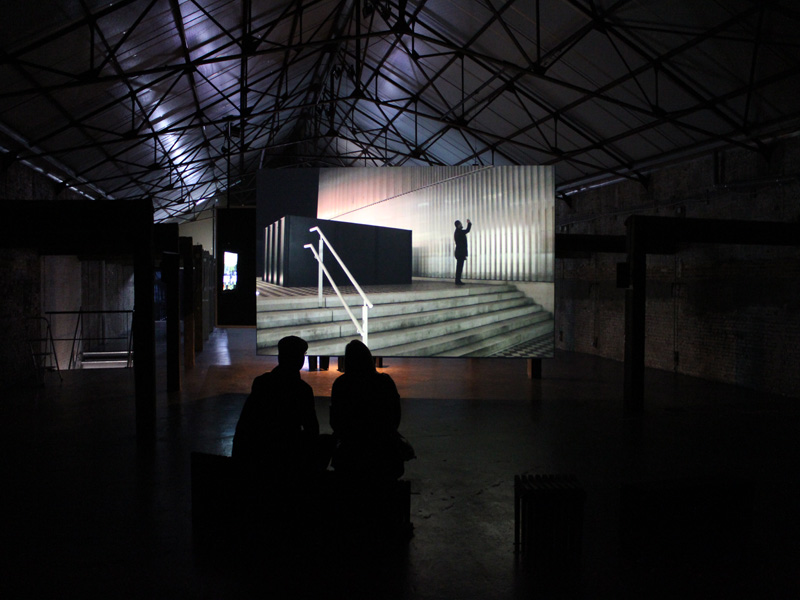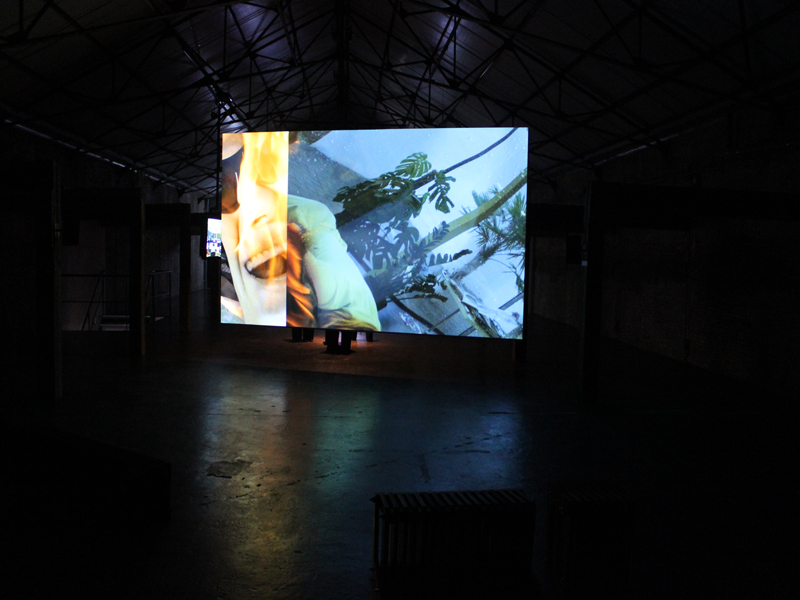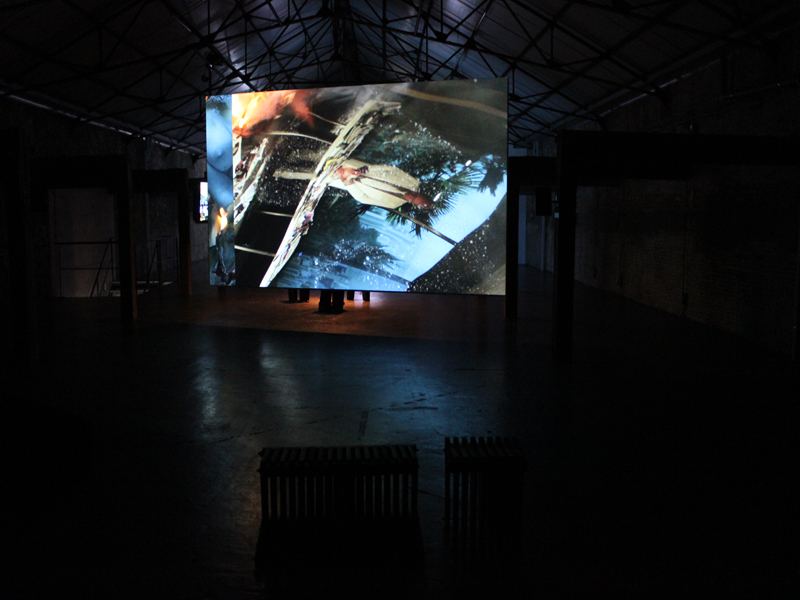Server: Apache/2.0.54 (Debian GNU/Linux) PHP/4.3.10-18
Content-Length: 1742
Connection: Keep-Alive
200 OK
#34 AMP (publication) #33 AMP (symposium) #32 AMP (in a Black Box) (film) #31 AMP (in a Black Box)(exhibition) #30 Art House Index (PUB) at BB 7 #29 I-RM#03 advertisement auction #28 Masquerade installation #27 Masquerade single screen #26 Masquerade- set photo's #25 In-Residence Magazine #02 #24 Reading Room #02 #23 Art House Index (AHI) #22 Art House Index - installation #21 Art House Index performance #20 In-Residence Magazine #01 #19 The Residence-single screen #19 The Residence-installation #18 Reading Room #01 #17 Modular #16 The Residence - location photos #15 The Good Life, a guided tour #15 The Good Life #14 artist impressions #13 the proposal #11 dream house #10 pavilion #09 pavilion-location photos #07 Lecture-Performance #06 piano nobile #05 website #04 name card #03 advertisement #02 placard #01 loft living #00 media
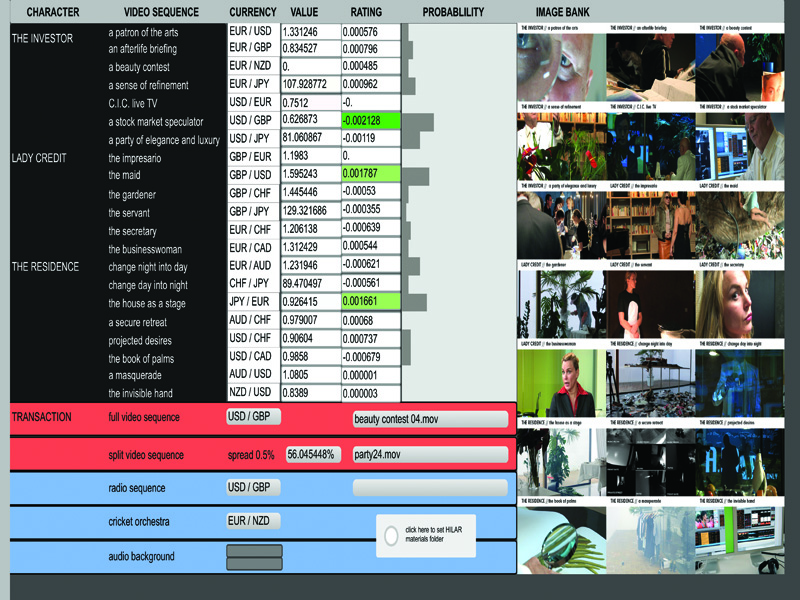
THE RESIDENCE (A WAGER FOR THE AFTERLIFE) (2012)
The video installation The Residence (a wager for the afterlife) (2012) was first presented as a solo exhibition at ARGOS, center for art and media in Brussels. The installation offers a glimpse into the lives of the poster boys of Post-Fordism – creative entrepreneurs.
Among sumptuous footage of the designed interiors, the story is a Faustian tale that is allegorical of the balancing act that is life in the creative class.
The different video projections in the installation zoom in on an investor named Hilar. He commissioned Ma Wen, a young Chinese architect, to design a house for his afterlife. Not made of brick and mortar, the afterlife house is conceived as a financial algorithm linked to the currency market. It is this real-time market in its constant pursuit of profit which creates Hilar's narrative, endlessly projecting the investor's daily life and environment into the future.
The allegorical character of ‘Lady Credit’, who is assisting Hilar in a series of roles performed by one actress, represents the fickleness of the financial markets.
Framing the story of Hilar is a 'factual-fiction documentary' on Ma Wen. This young creative entrepreneur regards art as an index to explore the unknown. He paradoxically considers economy as the single measure of everything. Through the documentary footage on Ma Wen The Residence (a wager for the afterlife) gives insight in contemporary Chinese society.
The video installation also exists in a 37’ single screen version which combines the above elements in a film in 2 parts.
Preview single screen version on Vimeo: https://vimeo.com/44236529
The installation version consists of following elements:
1/flatscreen with algorithm
A computer program is presented on this flatscreen. The program introduces the visitor to the different characters in the film. The program named 'The Residence' is presented as developed by Ma Wen as the immaterial 'house for the afterlife' for the rich investor. This afterlife house is conceived as a financial tool. The program is linked to the (real time) currency market via the internet. For this part of the project the artists collaborated closely with British sound artist Justin Bennett. He was commissioned to design an algorithm that followed 21 currency pairs. It calculated every second potential profit to be made in trading these pairs. All pairs are connected to files that contain unedited video sequences, images of the investor’s ‘daily life’. The images that are connected to the currency pair with most potential profit get projected for the duration of 1 second. If profit is stable the same sequence continues. If it is not stable, there is a cut and a new image is projected. If profit is not high enough the algorithm calculates how much of a second currency pair is needed to reach the predefined percentage of profit. Consequently two images are projected simultaneously taking up a certain percentage of the whole screen. The flatscreen shows all the ongoing transactions. In this way this part of the film was not edited by the artists, but (unknowingly) by currency investors all over the world, 24h/24h.
2/videoprojection (480 x 270 cm)
The world of the investor: this projection shows the outcome of the ‘working’ algorithm. The algorithm generates a never-ending edit of the footage on the investor. It was the real-time market that created the narrative in its constant pursue for profit. You can never watch the same film twice, since the program generates ever new combinations of images and sound non stop. In this way creating a continuous present. Also the sound track, consisting of financial news-items, is selected by the fluctuations on the currency markets. The news however are fictional interviews based on texts from the 18th century related to the financial crisis in 1720.
3/flatscreen with credits
In between the two projection screens hangs another TV-flat screen. The images show a trading market of a bank. Traders behind their computer screens are listening to a financial expert (Lady Credit) being interviewed about the movements of the planets and the stars, and on the financial futures these predict. During this interview, the credits with the names of the projects' collaborators appear on the screen.
4/videoprojection (480 x 270 cm)
The world of the Chinese architect / artist, Ma Wen, a documentary style narrative that contextualizes the images on the three other screens.
5/extra
Especially for the installation a furniture piece (Modular) was developed on which the visitor could read a pre-publication of an article for 'In-residence Magazine' which was in development at the time.
The Residence (a wager for the afterlife) 2012
Installation: 2 HD projectors, 2 free-hanging screens, 2 LCD screens, sound installation,
life feed with currency markets, furniture piece, pre-publication In-Residence Magazine
Films: format: HDV / Language: Chinese, English / Subtitles English, Chinese /
Image: color / Ratio: 16:9 / Sound: stereo
A project by Katleen Vermeir & Ronny Heiremans in collaboration with Ma Wen, Justin Bennett,
Amir Borenstein, Mieja Hollevoet, Salome Schmuki, Karlijn Sileghem, Wim van der Grijn, Carly Wijs.
Photos: Kristien Daem.
A Limited Editions production supported by Flanders Audiovisual Fund and the Flemish Community.
Coproduction: Argos (Brussels), C-Mine (Genk), Cultuurcentrum (Bruges), deBuren (Brussels),
Extra City (Antwerp), FLACC (Genk), Manifesta 9 Limburg (Genk) and Triodos Fonds.
Research support: artist residencies in China CEAC (Xiamen), TIM (Beijing).
